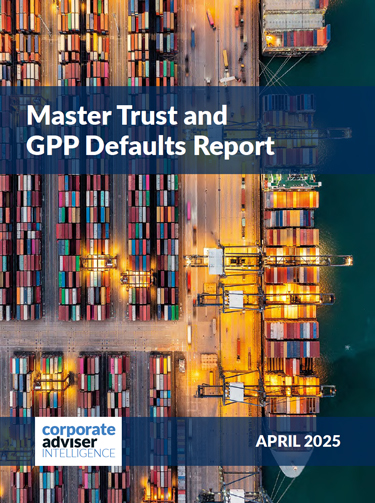Higher interest rates and better funding levels are prompting more DB trustees to look at fixed income end-game options, according to the Pensions Management Institute’s latest research.
Its survey, conduced with Schroders Solutions a third of schemes benefits from increased funding levels in the last year – with a third seeing funding levels rise by more than 5 per cent. As a result 83 per cent of schemes are now defining their end-game strategy, with a 53/47 split between buyout and low dependency.
The size of the scheme strongly influences this decision; larger schemes (over £500m) favoured low dependency whilst those under £500m favoured buyout.
Meanwhile, almost eight out of 10 respondents (78 per cent) are adjusting their return requirements — with the vast majority now looking to reduce their targets. The shift to a higher interest rate environment has created a surplus for some schemes, with 1 in 5 considering returning this to the employer.
Of the respondents looking to make asset allocation shifts over the next 12 months, some 38 per cent were targeting increased corporate bond allocations and 29 per cent greater LDI exposures.
The survey also found that 38 per cent and 40 per cent of investors were looking to reduce their equity and illiquid allocations respectively. This trend is more pronounced among those targeting a buyout outcome.
Furthermore, almost half the schemes surveyed (49 pr cent) said liquidity needs will be an increasingly important priority in decision-making during 2024.
Schroders head of UK business development, institutional, Ronan O’Riordan,says: “These results indicate that schemes will likely continue moving towards lower-risk, lower-return seeking portfolios.
“Allocations to fixed income could offer schemes several benefits including providing predictable income streams, stabilising returns and offering lower volatility compared with equities. Fixed income can also be structured to deliver regular cashflows which can be aligned to liquidity demands, further enhancing their suitability for these schemes.
“The shift towards LDI and this emphasis on liquidity could also indicate a trend towards reducing leverage and increasing collateral coverage. This would improve schemes’ liquidity and resilience to market shocks, a key lesson from the 2022 gilts crisis. This suggests schemes are either learning from past experiences or simply adhering to regulatory guidance.”
PMI director of policy and external affairs Tim Middleton adds: “This survey provides a very clear assessment of the UK’s DB sector in 2024.
“The most prominent picture is of the number of schemes which have become very mature and which also have sufficient funding to consider the most appropriate endgame solution. For mature DB schemes, this is seen through the reported attraction to corporate bonds and a corresponding reduction in exposure to equities. Trustees clearly see liquidity as important in their schemes’ stage of the glide path and this is reflected in reduced exposure to illiquid assets.
“It is also interesting to note how trustees’ thinking concerning endgame solutions has evolved in recent years. Until very recently, bulk annuitisation was seen as the only viable option. While 45 per cent of the surveyed schemes are considering this, 40 per cent are considering the alternative of run-off. Many smaller schemes may also be considering the new option of DB consolidation.”





